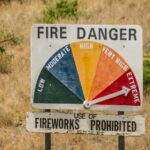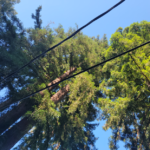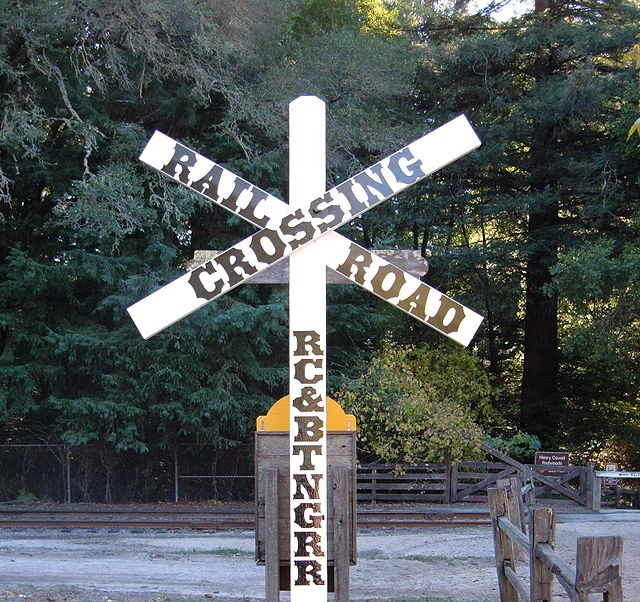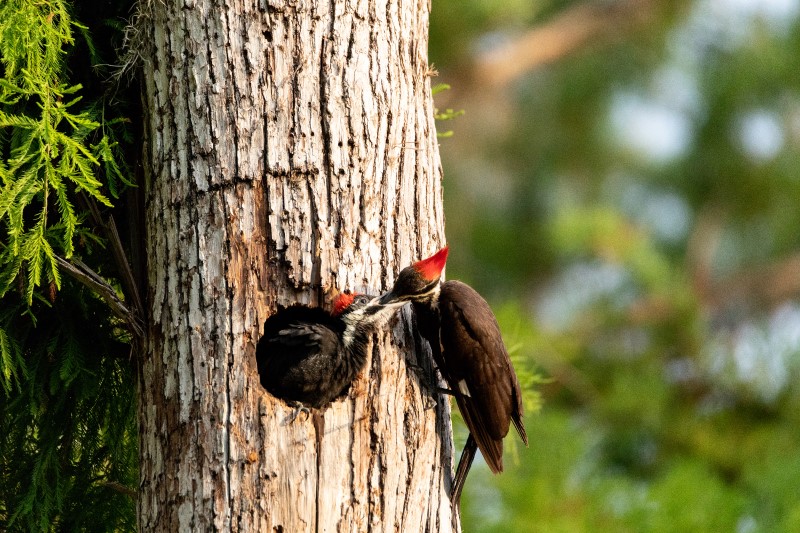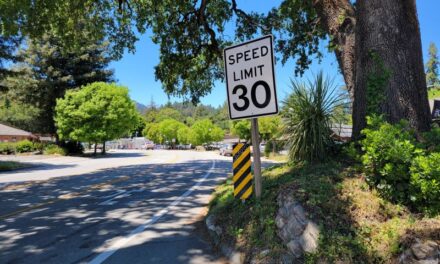
Fire Victims Receive Debris Removal Invoices from the County

By Mary Andersen
This month marks the 3rd anniversary of the fire that burned 86,500 acres and destroyed 911 homes in the Santa Cruz Mountains. To date, only 36 homes have been rebuilt, the majority in Bonny Doon, along with 230 permits “in process.”
While the fire victims’ struggles with insurance, permitting, geology, water, septic, construction costs, and property damage from the county’s debris removal contractors remain ongoing, in mid-June property owners who opted for the county’s Government Sponsored Debris Removal Program began receiving invoices in many cases ranging from $100,000 to over $130,000. Families who chose private debris removal companies report invoices from contractors between $15,000 to $50,000. The discrepancy has raised questions about the county’s and state’s billing processes, and rationale for charging 2 to 7 times greater than private contractors who provided, by most accounts, more efficient work. Additional complaints from those who chose the public option include being billed for removal of nonexistent trees, or trees and debris that the property owner had removed prior at their own expense.
Homeowner Not on the Hook Unless Insurance Funds Were Spent
In an email to a property owner, Dave Reid, the county’s Office of Response, Recovery, and Resilience Director said, ”The invoice is part of our FEMA requirement to issue the total amount of debris removal that was provided to us by CalOES. You and all impacted residents are NOT obligated to pay the full invoice but ONLY remit what was outlined in your insurance policy to cover debris removal. This is the insurance company monies, not property owners personal funds. If no policy language referenced debris removal then there is no financial obligation. Uninsured residents are not obligated to pay anything.”
Details on the Right of Entry document that homeowners signed to participate in the program state that insurance would be billed for costs. However, many rebuilders received insurance payments in lump sums with allocations that may have been unclear. Those funds have likely already been spent on construction and the property owner will have to pay the allocated funds.
During a public meeting in November 2022, a spokesperson from Tetra Tech, the company hired to assist the county in gathering documentation from property owners and providers, said that detailed reports of debris removal activity would be attached to the invoices, but none of the invoices we viewed and homeowners we interviewed received those reports.
One rebuilder said, “But if they are inflating the costs erroneously that’s not right and downright fraudulent. It’s taking FEMA funds that are meant to help disaster victims. It isn’t right.”
Read more at slvpost.com/debris-removal.
Mary Andersen writes about politics and culture. She is a business and marketing consultant assisting small businesses and nonprofits throughout the Central Coast region.



